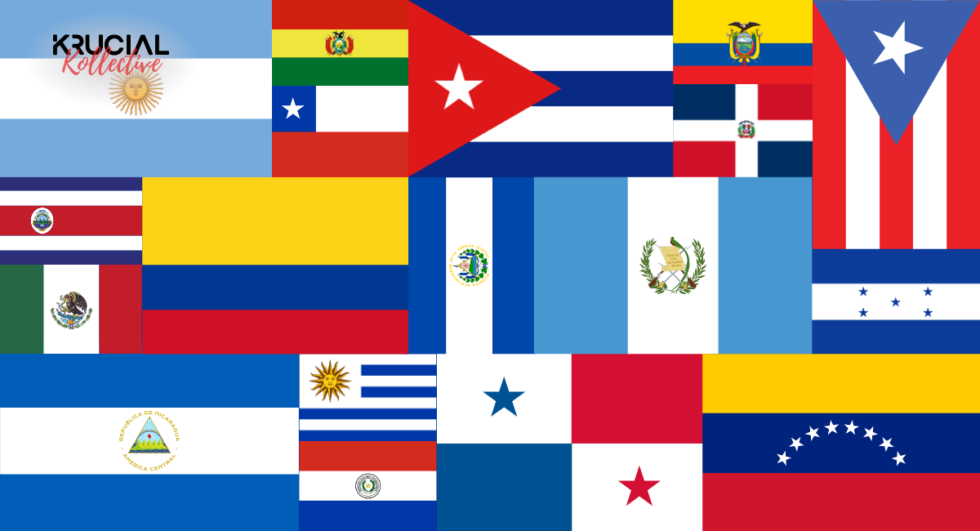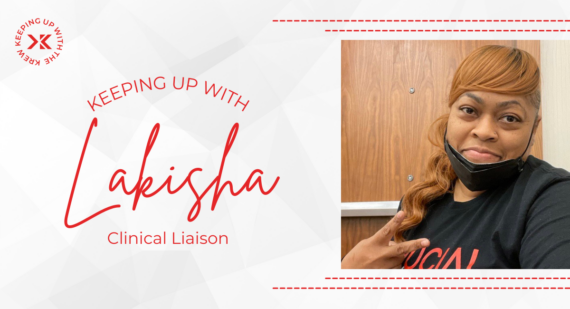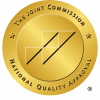
Four Outstanding Hispanic and Latino Medical Professionals
By: Maria Blong
Discovering the carrier of yellow fever is no small feat. Neither is advocating for minority health or winning a Nobel Prize; however, Hispanic and Latino healthcare professionals have accomplished this and much more. They have contributed many years of research, insight, and social action to the medical field. In celebration of Hispanic Heritage Month, we are highlighting four Hispanic and Latino people who performed outstanding work in their roles as physicians and nurses.
Carlos Juan Finlay, MD (1833-1915)
Carlos Juan Finlay was born in Puerto Príncipe, Cuba on December 3, 1833, to Edward and Eliza. As a child, Finlay was educated at home and was later sent to his mother’s native country, France, to continue his studies. However, he did not stay long due to bouts of illness.
In his early adulthood, Finlay traveled to the United States to pursue a medical career, graduating from Jefferson Medical College, Philadelphia in 1855. Afterward, he moved back to Havana, Cuba to establish his practice and start a life there. He married Adela Shine in 1865 and together they had three children: Charles, George, and Frank. Between his roles as a physician and father, Finlay found time to devote to scientific investigation, specifically yellow fever research.
According to NPR, thousands of people were dying of yellow fever in the port cities of the United States, causing an epidemic. In 1879, Finlay was appointed to work with the U.S. National Health Board of Yellow Fever Commission to study the causes of yellow fever. Two years later in 1881, Finlay presented his research on the examination of yellow fever vectors, or carriers of the disease pathogen. His findings pointed towards infected mosquitos as the yellow fever carrier, however, few people believed his studies to be legitimate. Finlay’s research was mocked for almost 20 years.
In 1900, the U.S. Army Yellow Fever Board, managed by physician Walter Reed, arrived in Cuba to further investigate its causes. Finlay persuaded Reed to look into his theory. Only after Reed performed his own experiment of Finlay’s hypothesis was it finally confirmed and accepted. Reed’s verification of Finlay’s theory led to yellow fever’s eradication in Cuba.
He was appointed the Chief Sanitary Officer of Cuba and held the position until he retired in 1909. Dr. Carlos Juan Finlay died on August 20, 1915.
Unfortunately, Reed has been inaccurately attributed for discovering the cause of yellow. It was not until 1954 that Finlay was given proper credit for his work.
Severo Ochoa, MD (1905-1993)
Severo Ochoa was born in Luarca, Spain on September 24, 1905, to Severo and Carmen. His status as an academic prodigy was solidified early in life, graduating from Málaga College at the age of 16 and earning his M.D. degree at the age of 24 from the Medical School of the University of Madrid.
In 1929, after medical school, Ochoa began his vocation for research while working under Otto Meyerhof in Heidelberg, Germany. Together, they investigated the biochemistry and physiology of muscle. The few years Ochoa worked with Meyerhof heavily influenced Ochoa’s approach to medical research.
Ochoa was a prolific academic. He taught physiology and biochemistry at various universities in Spain, England, Germany, and the United States. Additionally, he received numerous awards and honorary degrees while conducting research in enzymology, a branch of biochemistry aiming to understand chemical reactions in the human body. He also married the love of his life, Carmen Garcia Cobian, in 1931.
His deep passion for enzymology and scientific investigation led to ground-breaking research about nucleic acids, RNA and DNA. He discovered the “mechanisms in the biological synthesis of ribonucleic acid and deoxyribonucleic acid.” In simpler terms, Ochoa observed how RNA uses one’s DNA as a template to produce the proteins in our body which make it function. Ochoa published this research in 1955 which led him to become the first Spanish physician to receive the Nobel Prize in 1959.
Dr. Severo Ochoa died on November 1, 1933, from pneumonia. He was 88.
Ildaura Murillo-Rohde, PhD, RN, FAAN (1920-2010)
Ildaura Murillo-Rohde was born in Panama on September 6, 1920. After immigrating to the United States in 1945, Rohde entered nursing school. While working at a hospital in San Antonio, Texas, she noticed the disparity between Hispanic/Latinx nurses and white nurses in the medical field.
Rohde’s experience prompted her to pursue higher education, graduating from Colombia University with a B.A. in Psychiatric Mental Health Nursing. She followed up her undergraduate degree with a master’s and doctorate from New York University, becoming the first Hispanic woman to earn a Ph.D. from the prestigious school.
Due to the lack of Hispanic and Latinx representation in the medical field, Rohde was determined to diversify nursing and established the National Association of Hispanic Nurses (NAHN). The nonprofit organization helps support Hispanic and Latinx people seeking to pursue nursing as a career through community outreach programs. It also advocates and raises awareness for Hispanic and Latinx health issues by promoting cultural competence.
Rohde was on the board at NAHN late into her life, until health issues prevented her from contributing. In addition to NAHN, she held many other distinguished honors, such as professor and Dean of Nursing at The State University of New York (SUNY).
Dr. Ildaura Murillo-Rohde passed in Panama at 89 years old.
Helen Rodriguez Trias, MD (1929-2001)
Helen Rodriguez Trias was born on July 7, 1929, to Puerto Rican parents in New York City. Growing up, Rodriguez Trias was academically gifted. While she excelled in the classroom, she faced discrimination from teachers who often enrolled her in less advanced classes. Despite these early setbacks in her education, Rodriguez Trias was able to study at the University of Puerto Rico in San Juan.
In San Juan, Rodriguez Trias started to curve out the path for her life rooted in activism. After fulfilling her residency in the pediatrics unit, Rodriguez Trias stayed to teach at the university and founded the first infant health clinic in Puerto Rico. The pediatric clinic made immediate effects on the community by reducing illness and lowering the child mortality rate.
In 1970, Rodriguez Trias moved back to New York and began tenure for the underserved Lincoln Hospital in the South Bronx. At the time, the hospital was criticized by members of the Black, Hispanic, and Latinx communities for negligent care and health violations. A radical Puerto Rican civil rights organization, the Young Lords, protested the hospital and staged occupations. Rodriguez Trias was moved by their call for better community care and went to great lengths to improve staff training in the hospital.
Rodriguez Trias’ activism for her community extended outside the walls of a hospital. She became involved in the women’s health movement of the 60s and 70s. Rodriguez Trias advocated for reproductive rights, ending sexism in healthcare, and fought against sterilization abuse among working-class women of color. She founded committees for each issue to promote education around the topic. Rodriguez Trias was also a co-creator of the Women’s Caucus and the Hispanic Caucus of the American Public Health Association (APHA). She served as medical director of New York State’s AIDS Institute in the 80s, speaking up for women and children with HIV.
In 2001, President Bill Clinton awarded Rodriguez Trias the Presidential Citizens Medal for her activism in healthcare. Dr. Helen Rodriguez Trias died later that year from cancer. She was 72.
These four healthcare professionals empowered those in their communities to pursue their own legacies of greatness. Their work shines a light on the importance of inclusion and how it positively inspires progress in the medical field.
[Hispanic and Latino medical professionals] have contributed many years of research, insight, and social action to the medical field.




